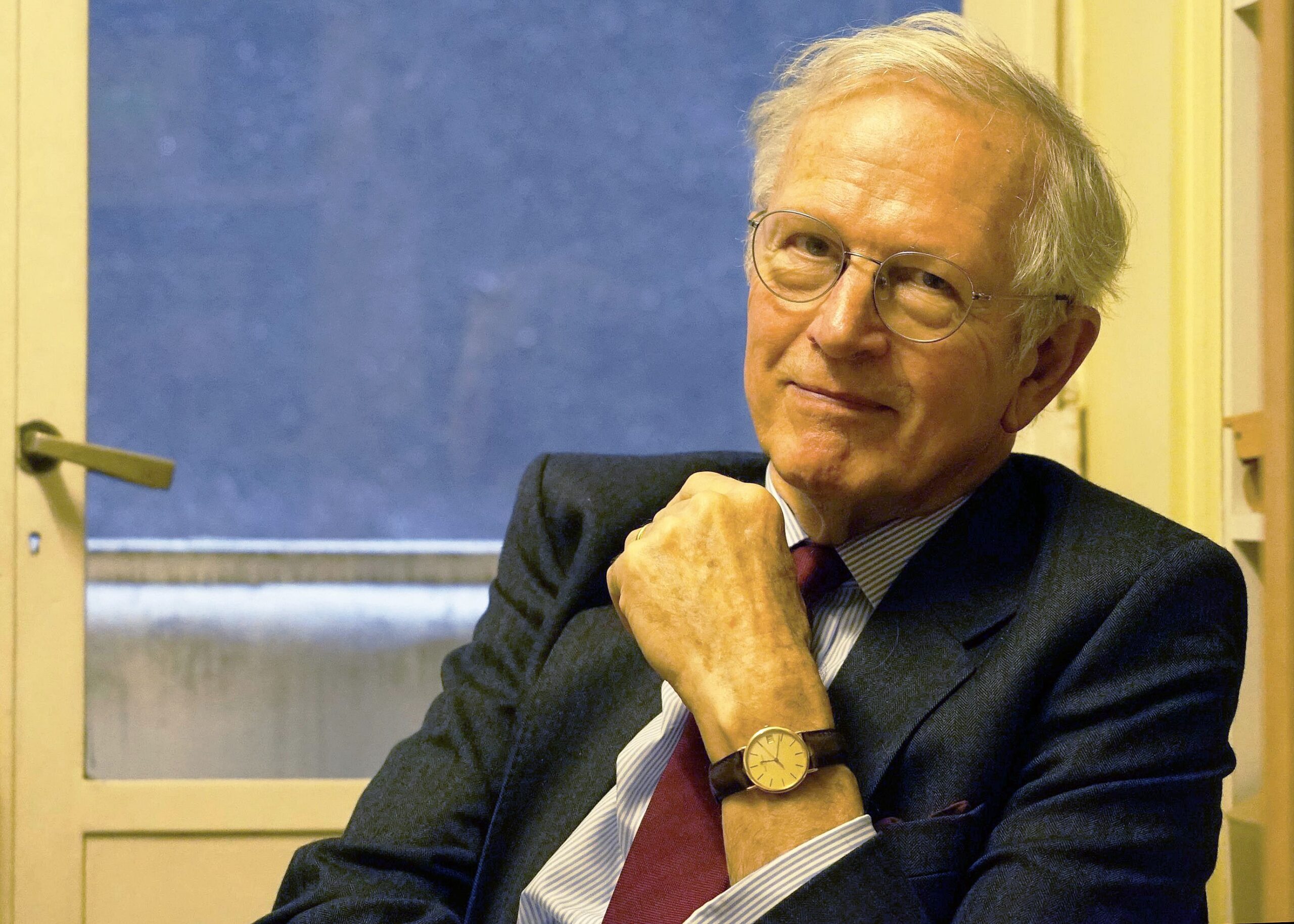
It would be impossible to mark FRH’s 10th anniversary without recognizing the tremendous vision and insight of our founding member, Michael Hoare.
In addition to being a founding member, Michael Hoare was our Council Treasurer from 2011 until 2019 and served as the Council President from 2019 until 2020.
Michael’s leadership was invaluable to the success FRH enjoys today. One of his many achievements was the setting up of the Religiana project, which aims to raise awareness of Europe’s religious heritage through the creation of a database of every religious heritage site in Europe. Religiana is unique and now documents over 8,000 sites across Europe, with more being added every day.
Michael has had a long standing interest and involvement in religious heritage. In the 19th Century, his family bank, Hoare’s of London, helped found the Incorporated Church Building Society which was to contribute to the building of over 3,000 new churches, the enlargement of many others and the installation of ‘free’ pews to provide the accommodation needed at a time of great population growth. Outside of FRH, he was the former chairman of long-time FRH member, the National Churches Trust, the principal UK wide charity protecting religious heritage.
At the heart of Michael’s work has been a determination to protect Europe’s precious patrimony of religious heritage. Michael has been a great advocate for religious heritage and through the Conferences he helped to organize, brought people together from different countries, cultures and beliefs. Below, he talks about the importance of religious heritage and his words help to sum up just why the next 10 years of FRH are going to be as important as our first decade.
“Religious heritage can act as a bridge between Europe of the present and Europe of the past. Europe boasts some 500,000 churches, chapels, synagogues, mosques, cathedrals, monasteries and convents. Their contents: furnishings, monuments, sculptures, paintings, frescos, silver, vestments, libraries are a repository of local and national heritage. The architects, artists and musicians they have inspired over the centuries and their record of national, local and individual history dating back well over a millennium represent a unique and essential part of Europe’s cultural identity.”
“There is also growing awareness that religious buildings – Europe’s biggest portfolio of cultural heritage and by far – are under serious threat due to change in patterns of worship, attitudes to religion and reductions in government spending. In some countries such as the Netherlands, churches and monasteries are closing at an unprecedented rate with a consequent loss of local history, social amenity and art… The threat to many of these buildings is real and urgent. If measures are not taken quickly, the trickle of closures and destructions already witnessed across Europe risks becoming a flood.”
“The increasing numbers of pilgrims and visits to religious heritage sites demonstrates Europeans’ appreciation of their religious heritage. This is confirmed by a survey, commissioned by FRH in 2014 across eight different countries, which shows that local communities throughout Europe are firmly attached to their places of worship and would be pleased that greater uses could be found for them.”
“Religious buildings bind communities together through the worship and non-worship activities that take place within them and the history they enclose. They are often the only public buildings remaining and, as government funding is reduced across Europe, offer an essential focus for sustaining local communities. Religious buildings continue to satisfy citizens’ spiritual needs.”
“They attract visitors from afar and from nearby, represent five out of ten of Europe’s most visited sites and make a major contribution to tourism GDP. Their physical presence in the cityscape or rural environment enlivens all who pass by…if the sector is to be rendered sustainable, its future needs must be properly examined and the necessary changes implemented to adapt it successfully to the challenges of the 21st century and so hand it down intact to future generations.”





Follow us: